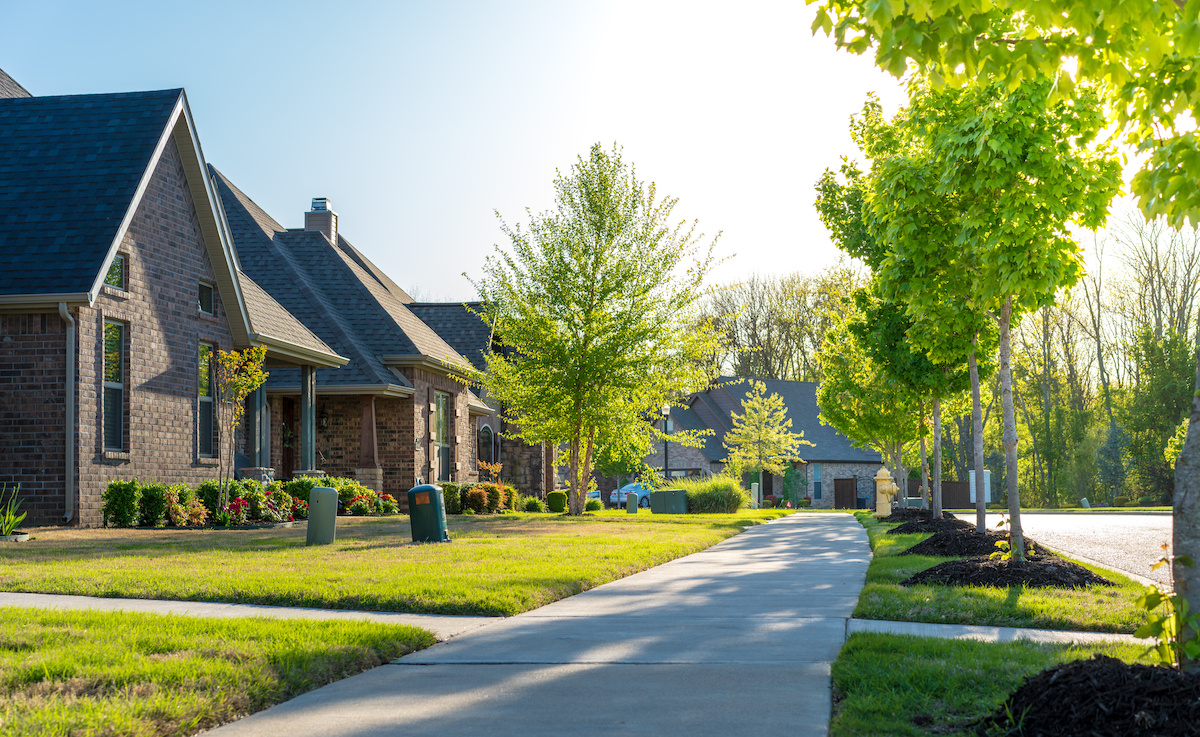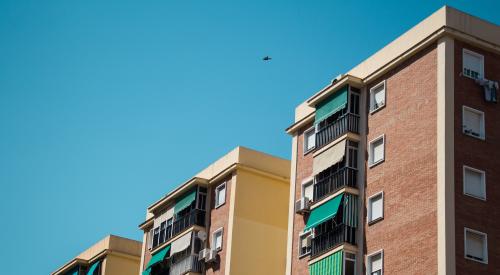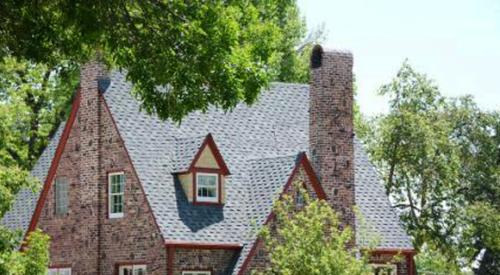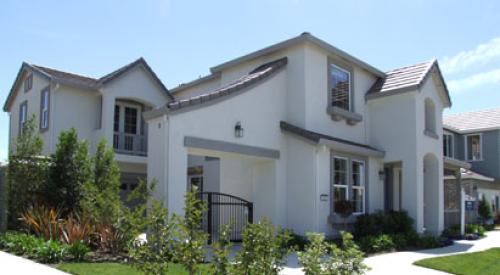AARP’s Livability Index bases a community’s livability score on housing, neighborhood features, transportation, environment, health, engagement, and opportunity. A recent report from AARP and the Joint Center for Housing Studies at Harvard University found when it comes to housing, the most livable communities often offer a wide range of different housing options, such as single-family homes, multifamily developments, owner-occupied residences, and rental opportunities. But housing tends to be expensive in the most livable communities as well, adding barriers for low- and middle-income families. The housing score for total livability is based on the median share of income spent on housing, the presence of subsidized housing, the share of units in multifamily buildings, and the share of units with zero-step entrances.
In our analysis, we produced overall scores for the nation’s nearly 218,000 census block groups and then divided these into quintiles. In general, the housing sub-score was the least correlated with the overall livability score, but mean scores for housing were highest in the quintile of neighborhoods with the highest overall livability scores.
We then examined the housing characteristics of each quintile with data from the American Community Survey. We found that the places with the highest overall livability scores offer the greatest array of housing options. As one moves up the livability spectrum, the share of multifamily units increases, as does the share of apartments in larger buildings. While only 10 percent of housing in the lowest livability quintile is in multifamily buildings, this share rises to 44 percent in the most livable neighborhoods, where there is also a greater mix of building types. High livability neighborhoods also have the highest share of renter-occupied housing at 44 percent, compared to 23 percent in the lowest-livability locations.













